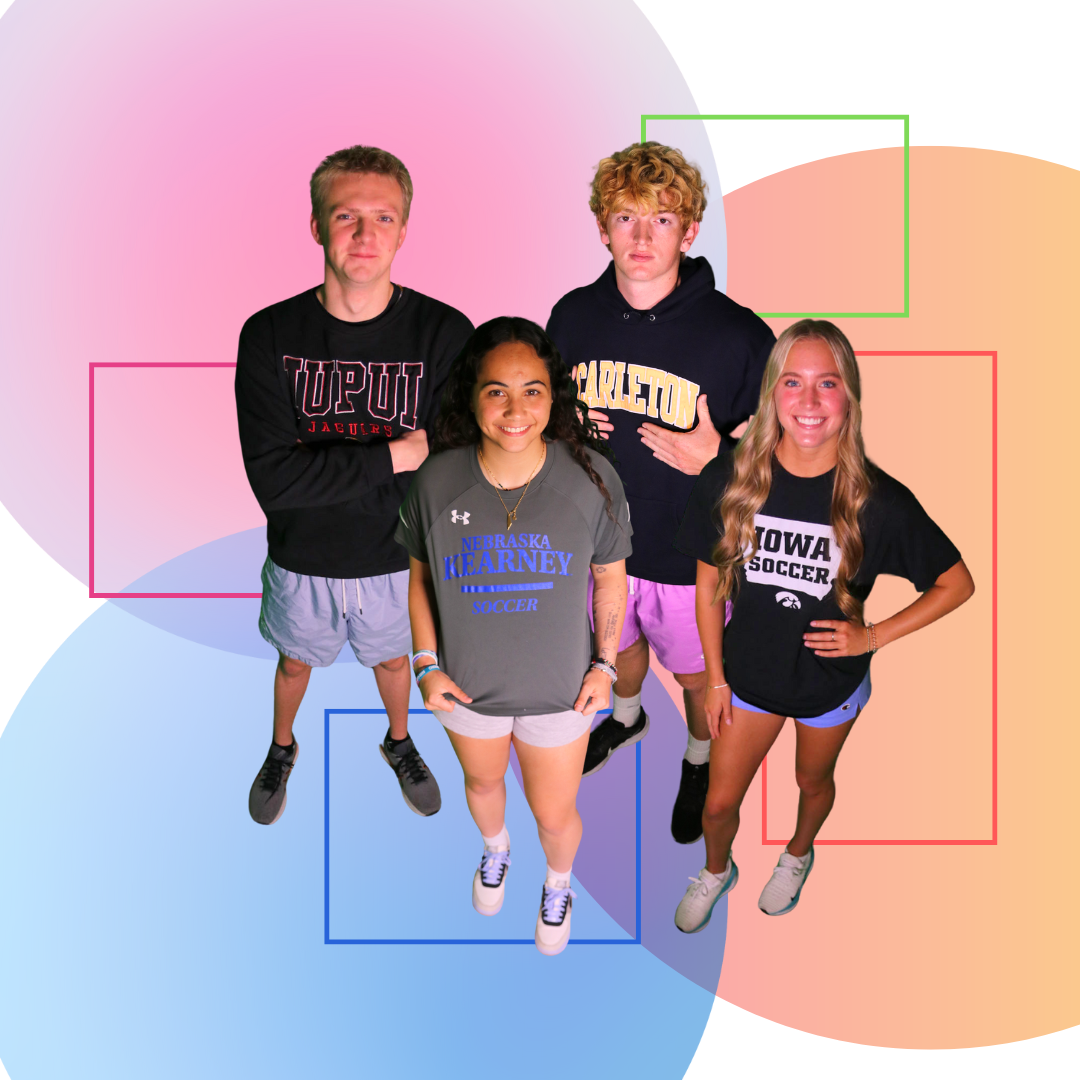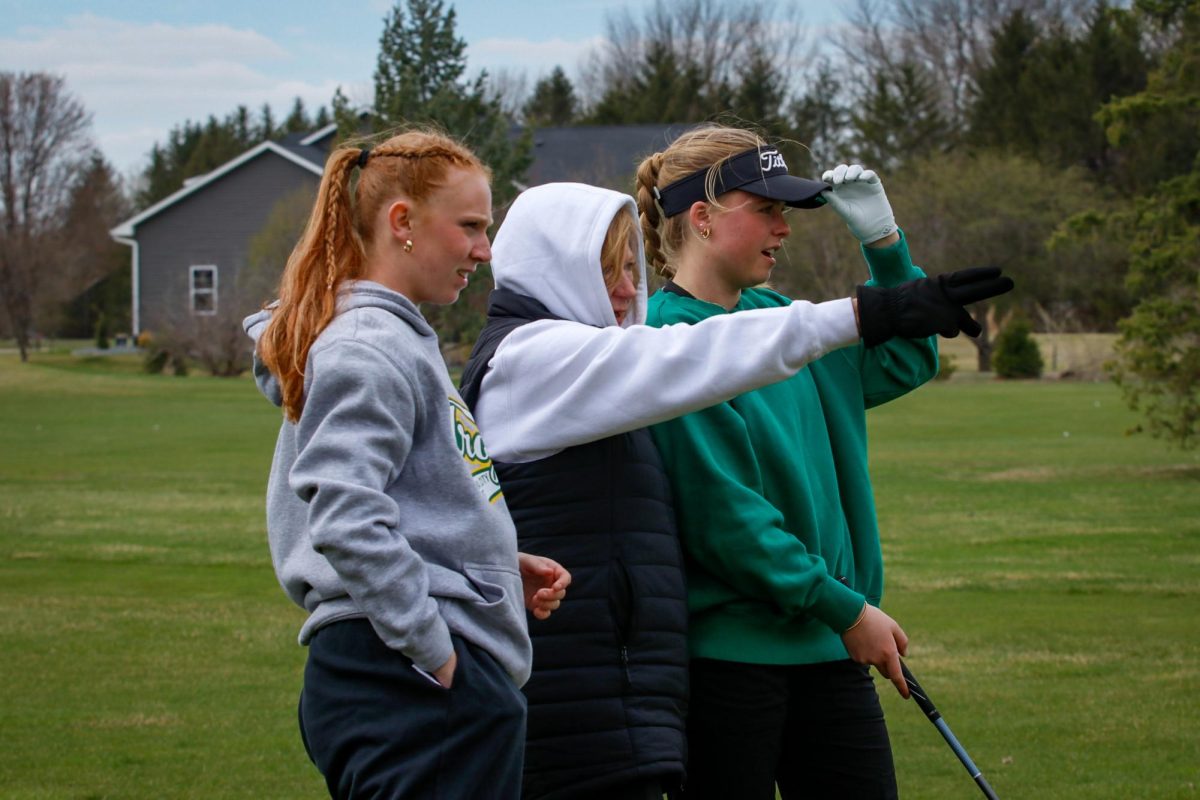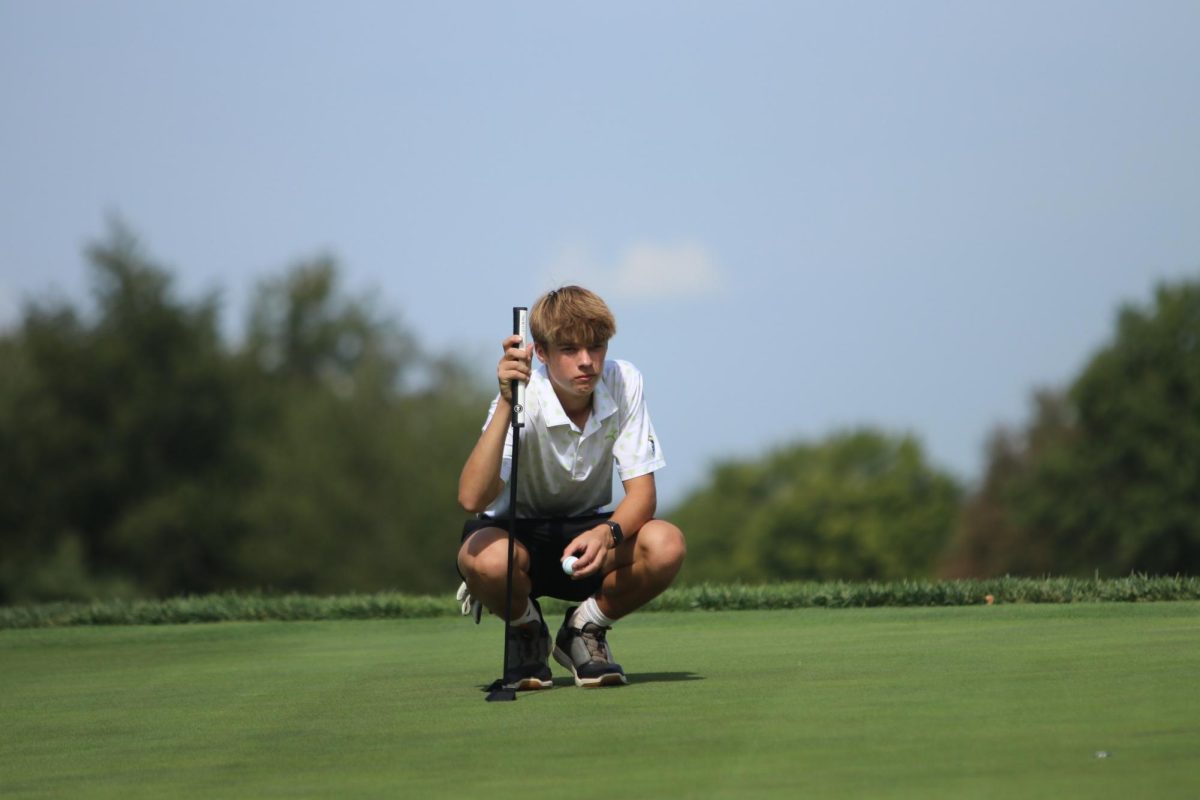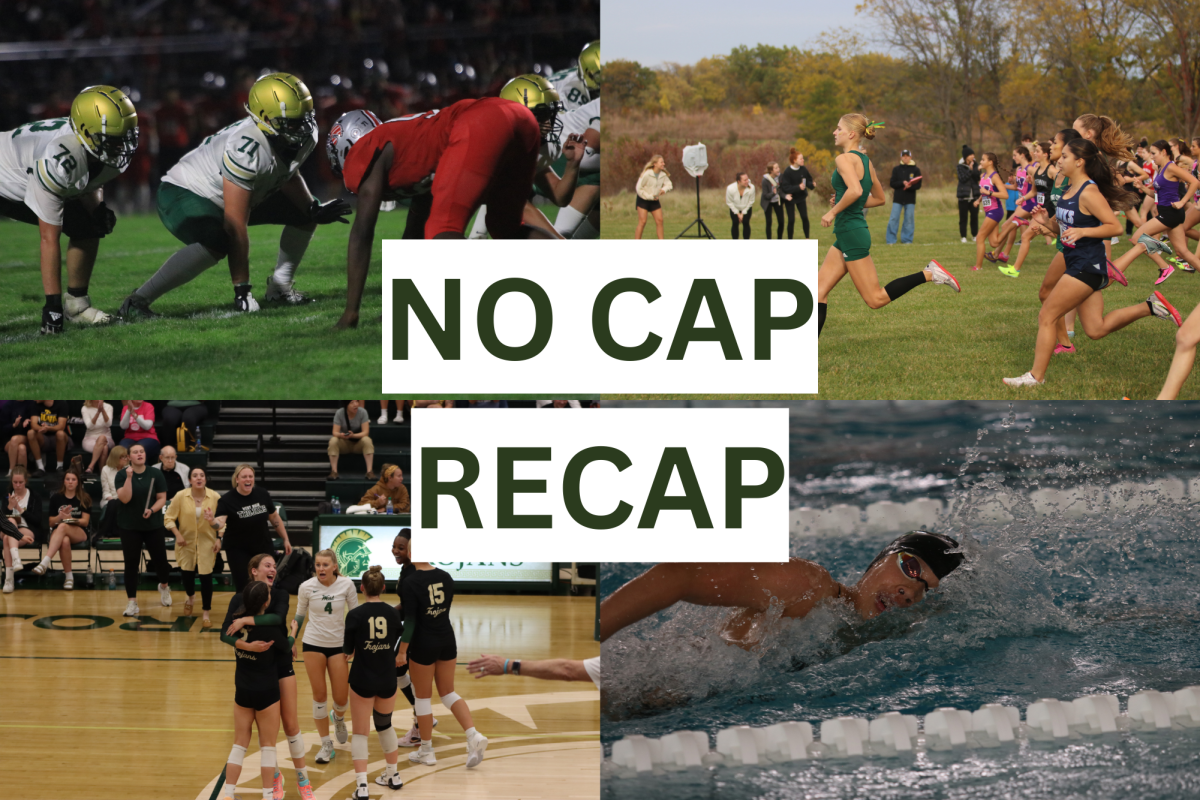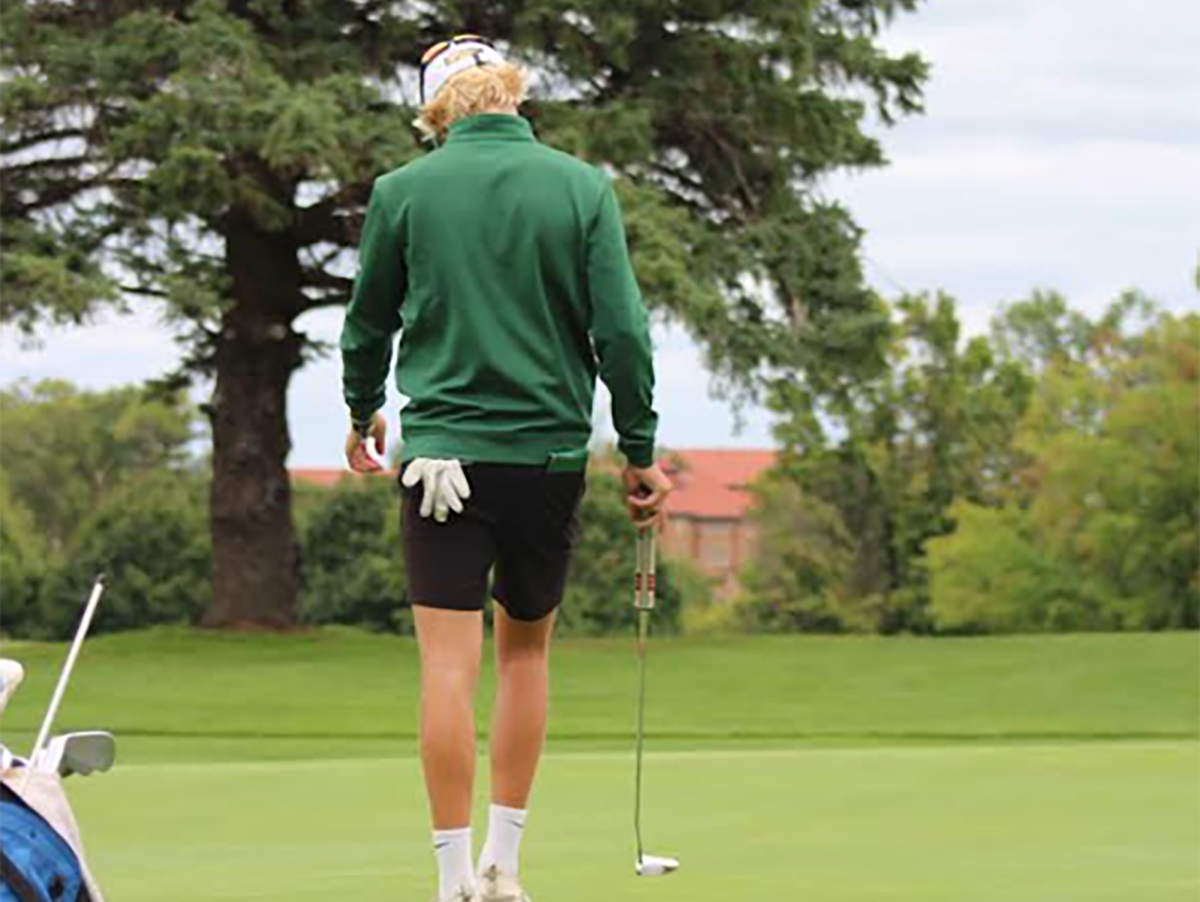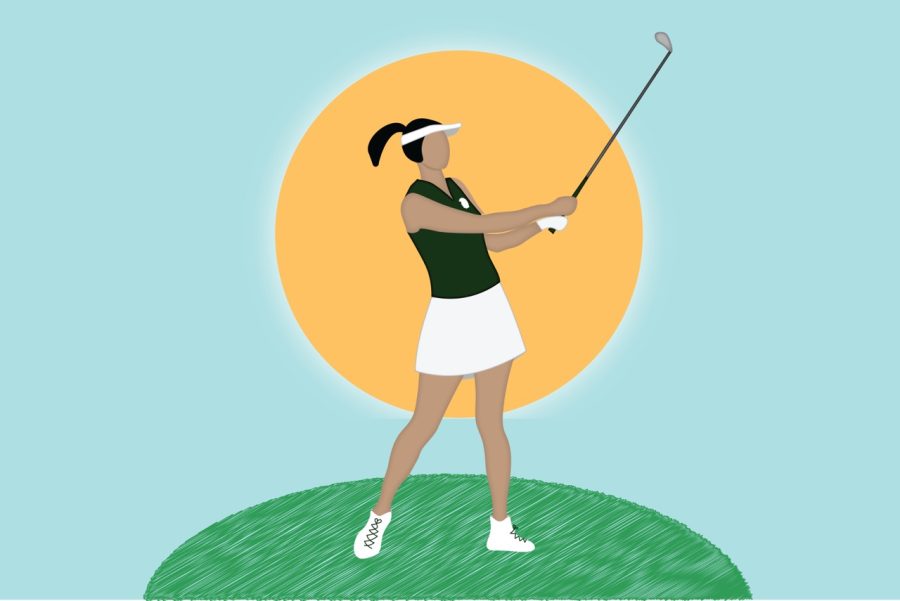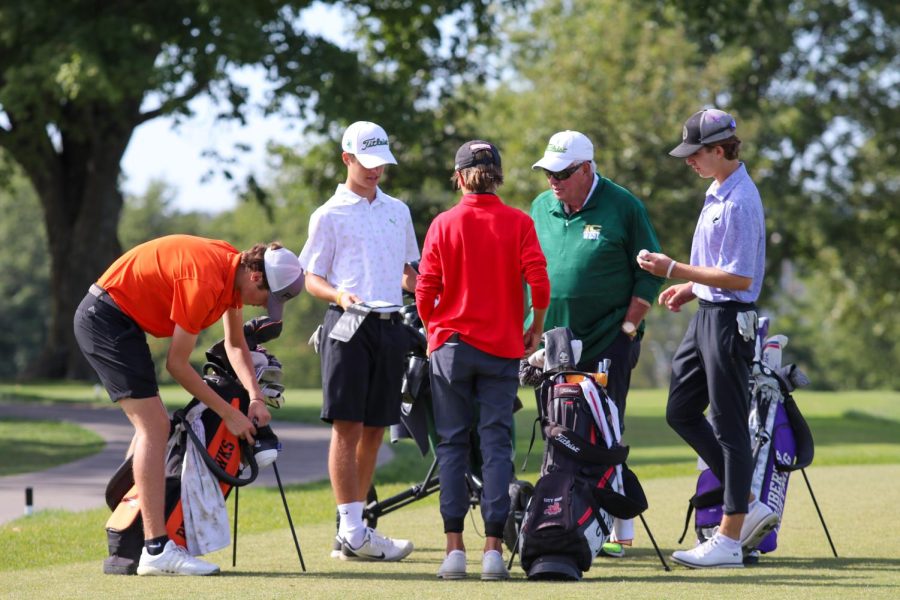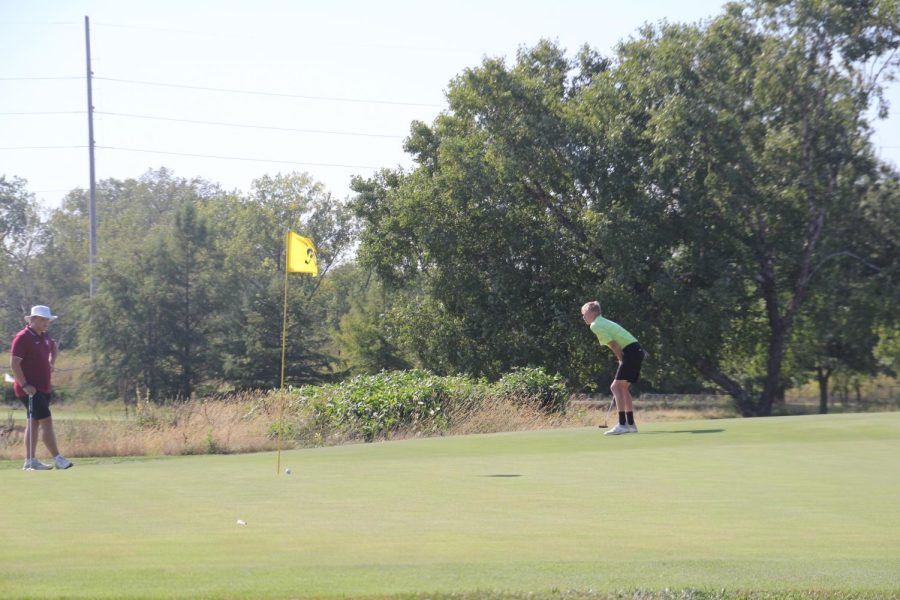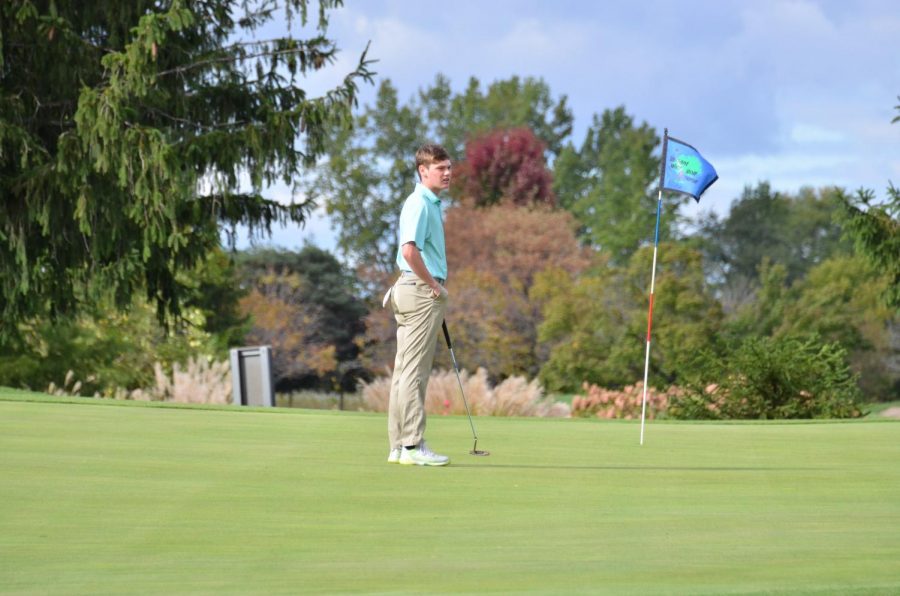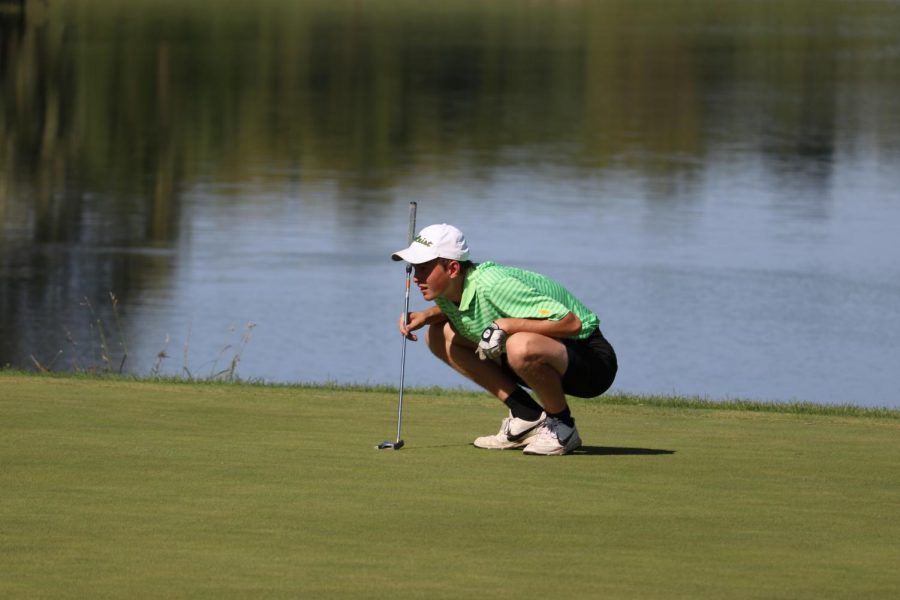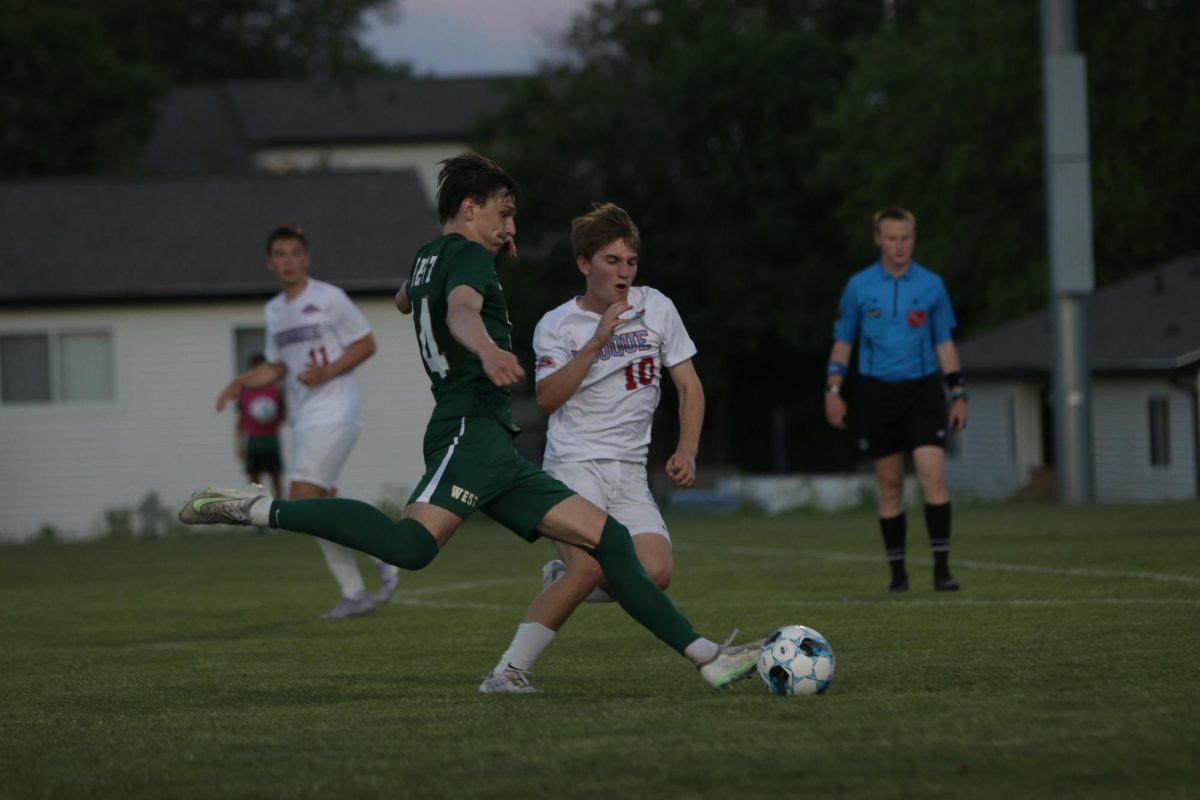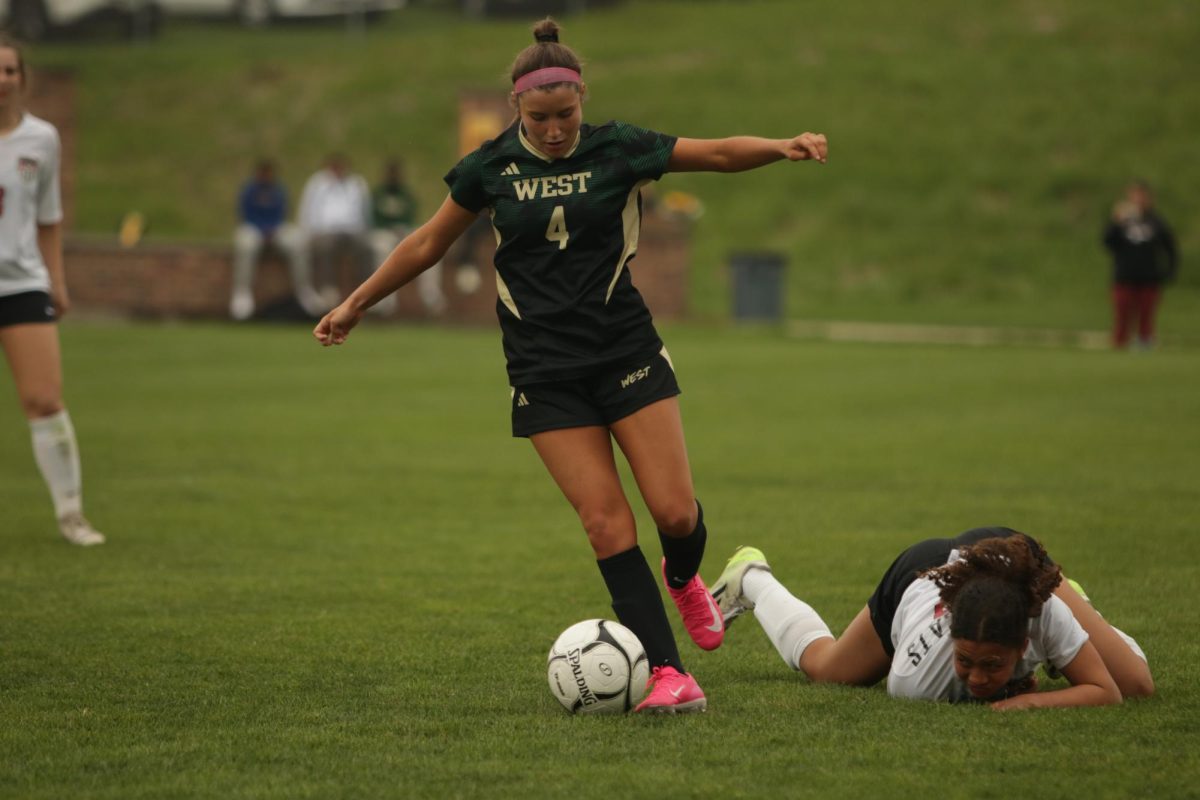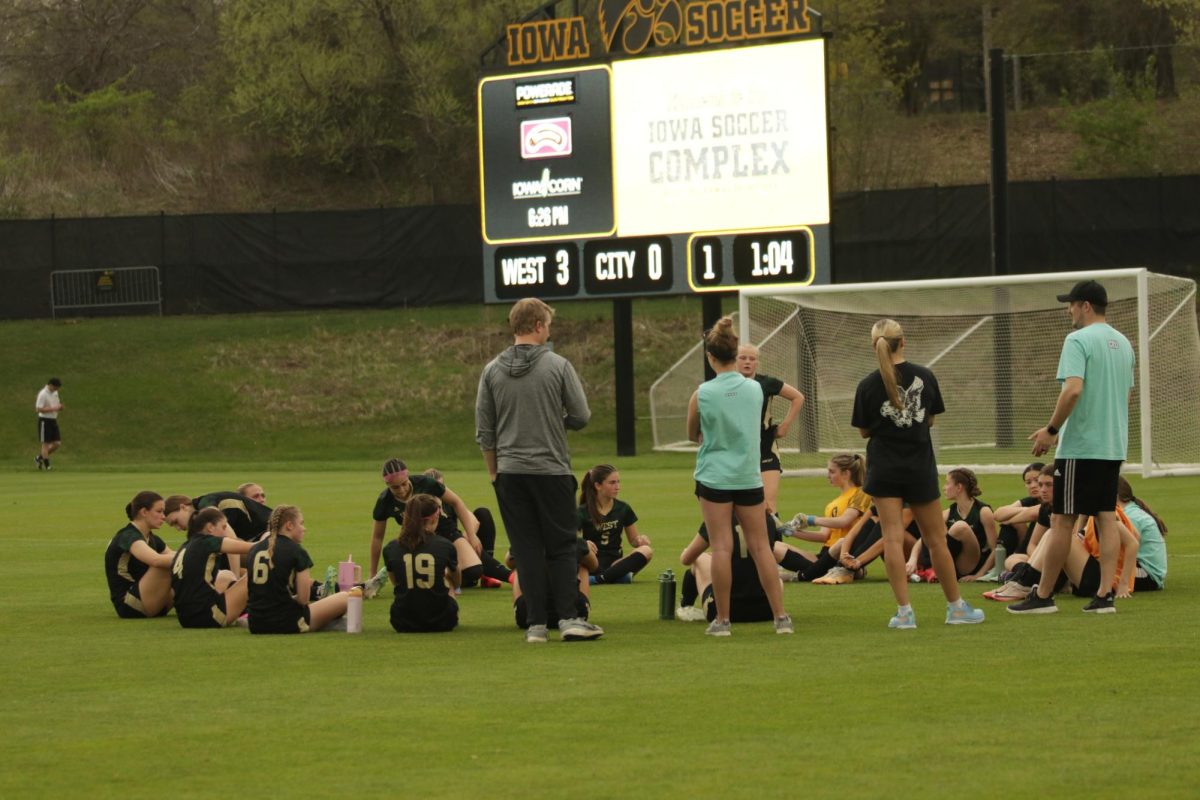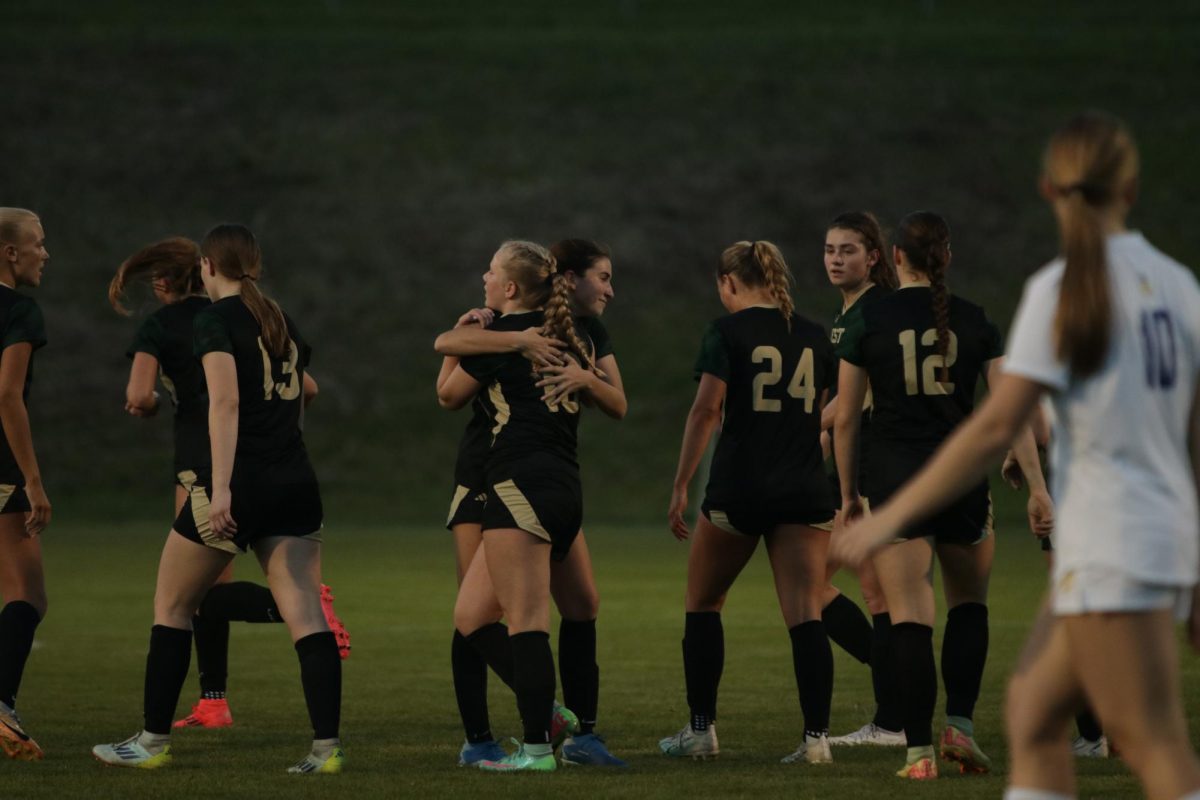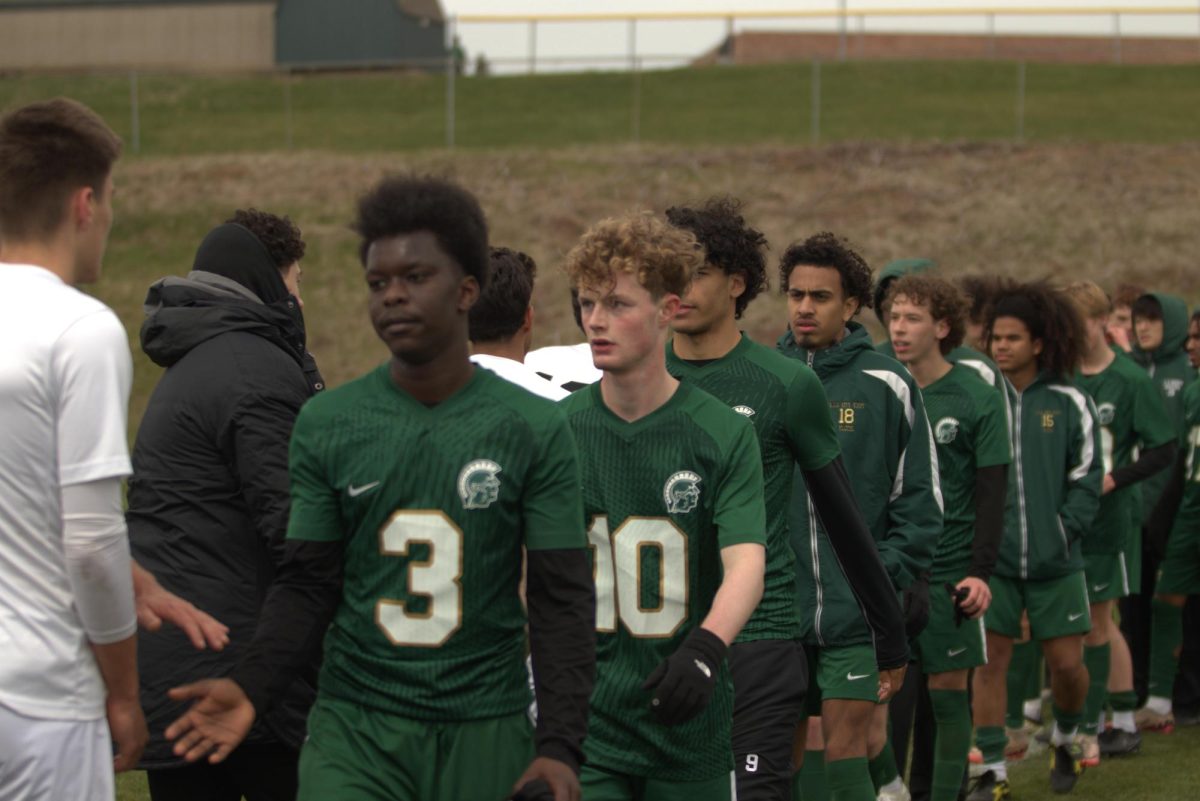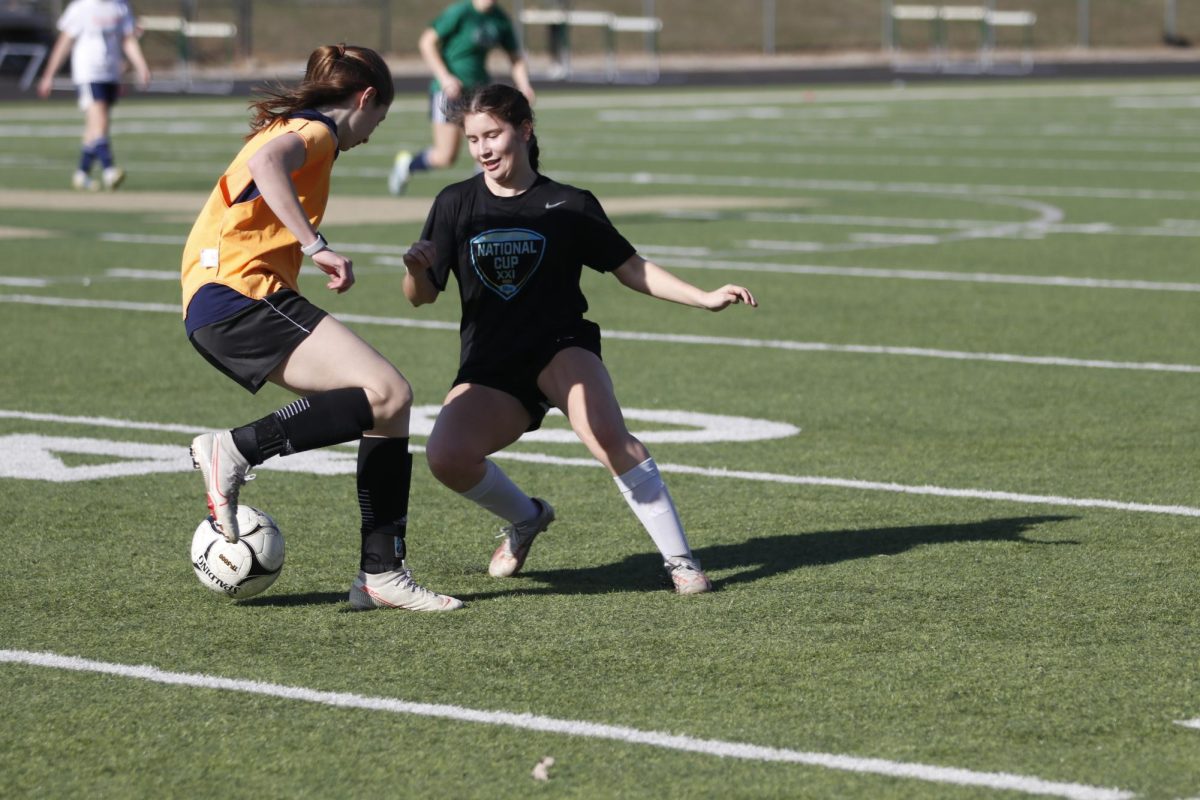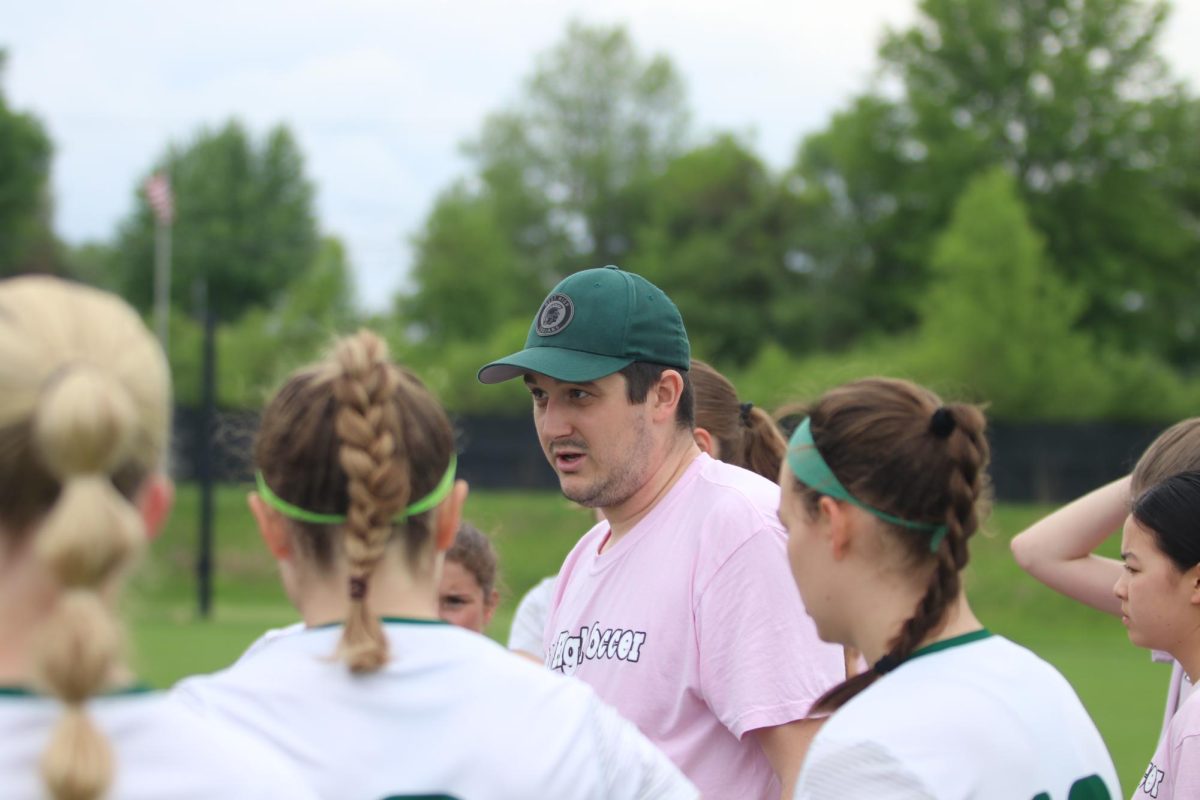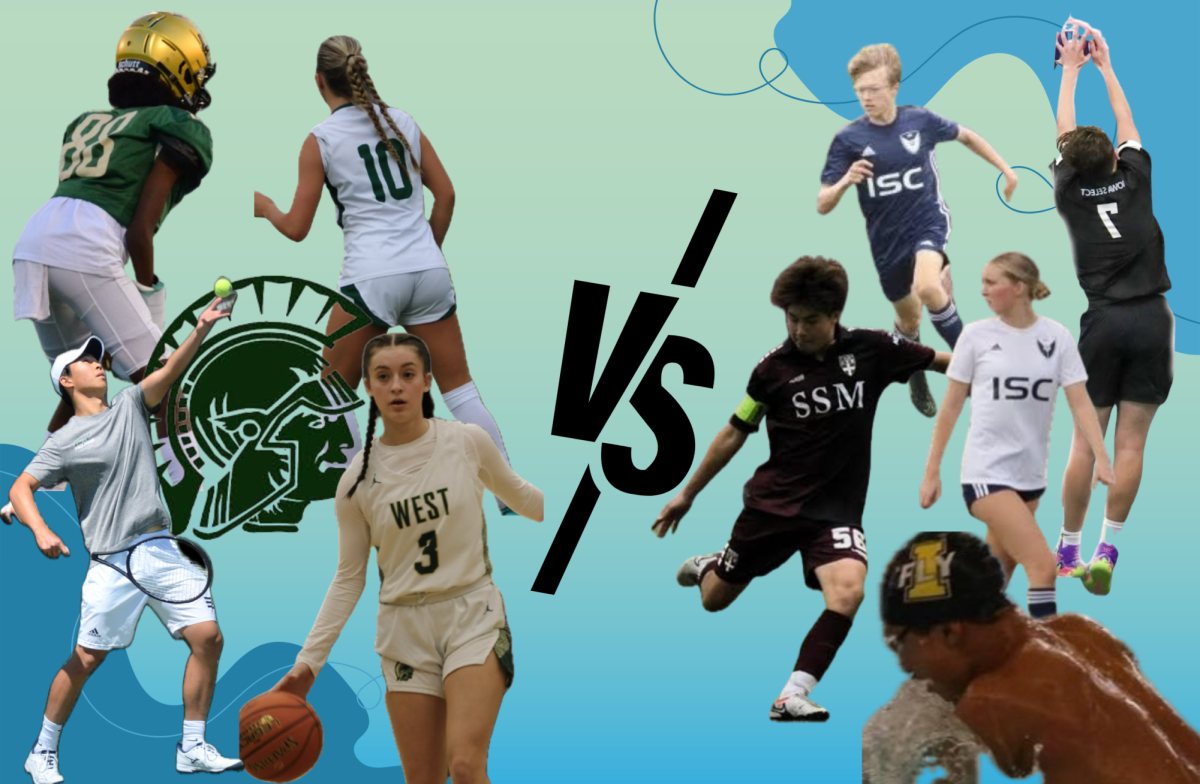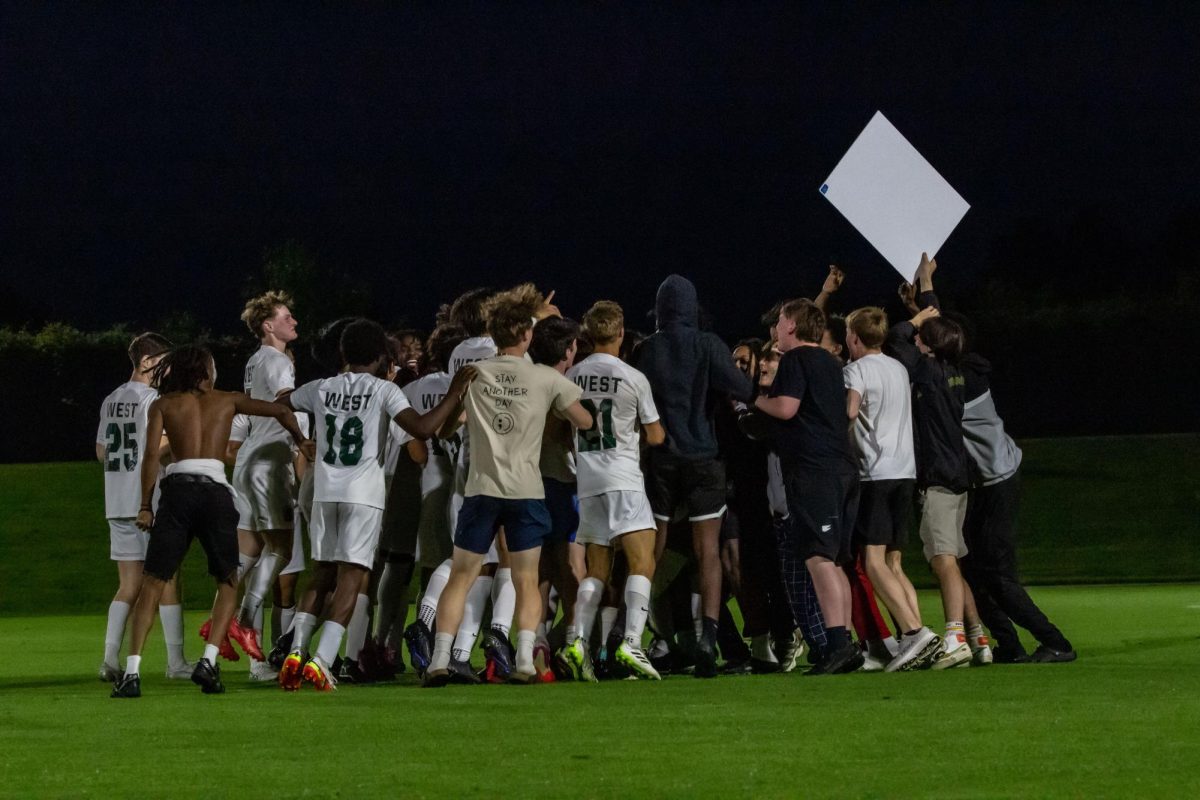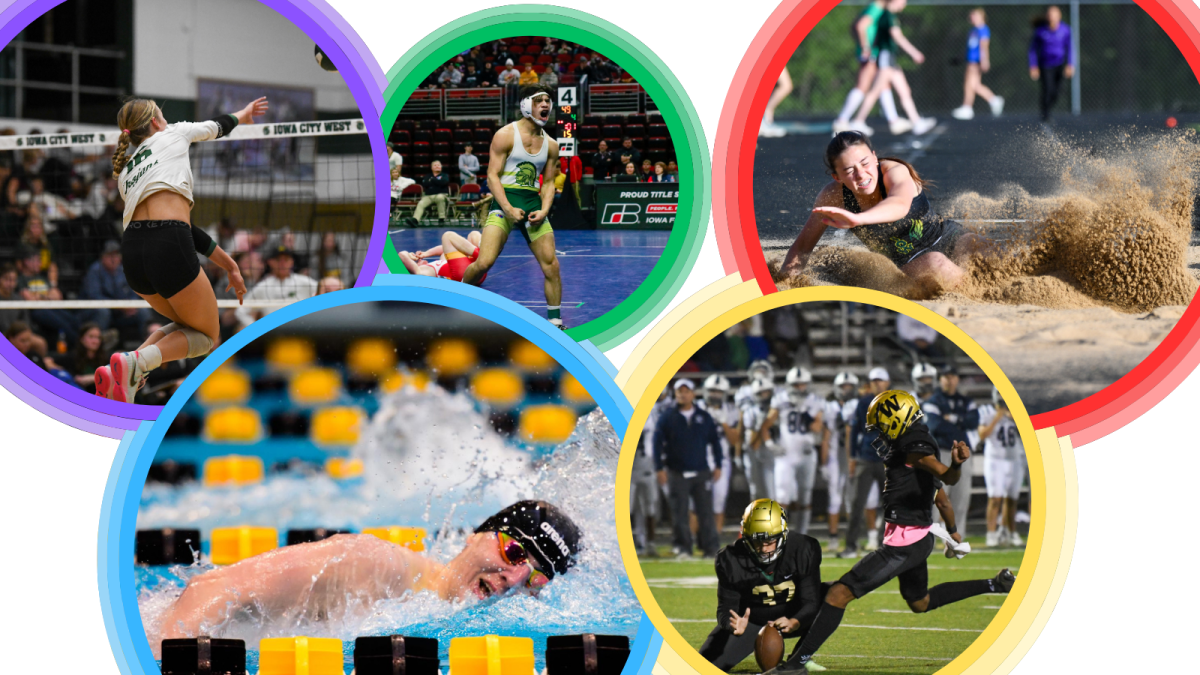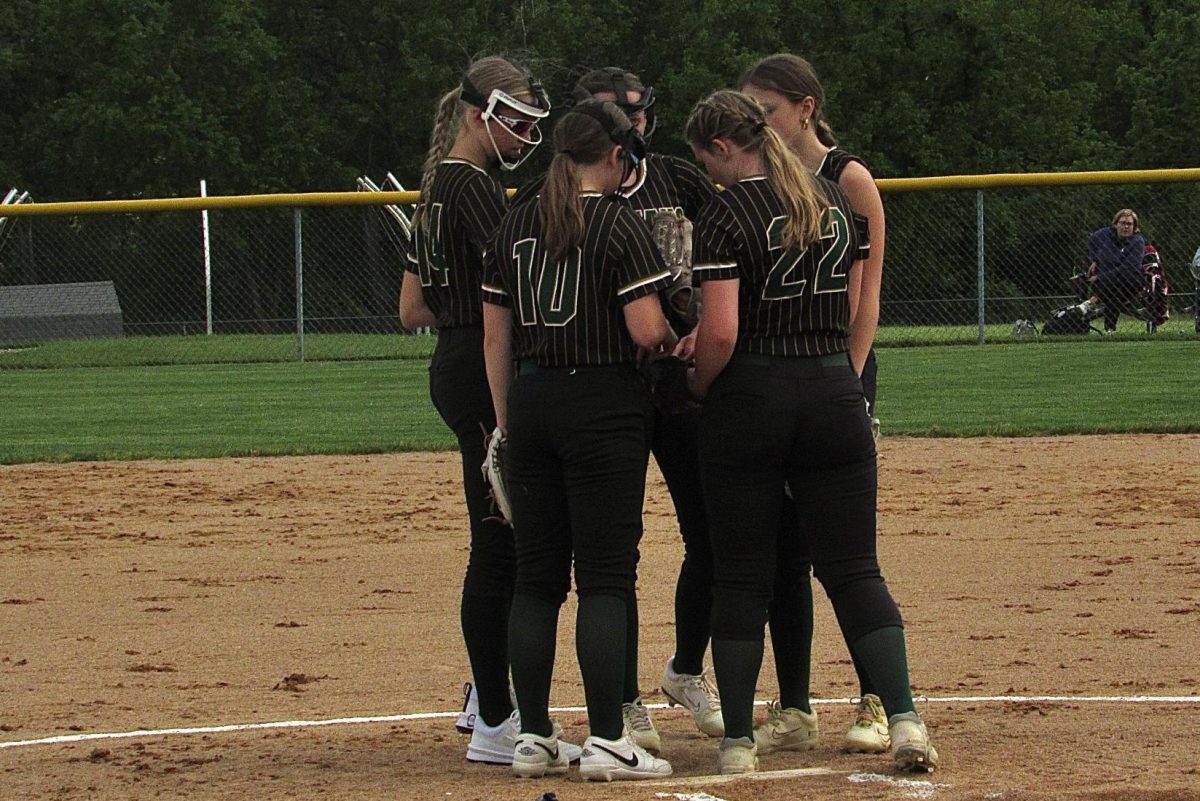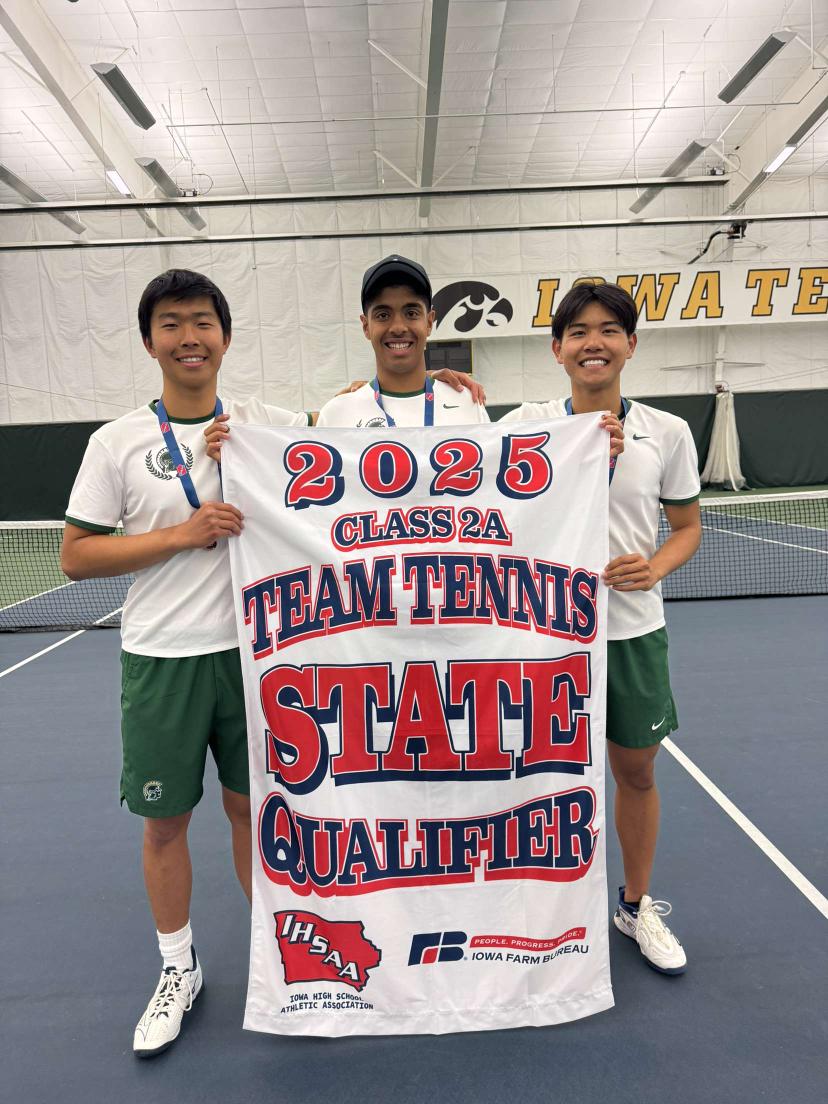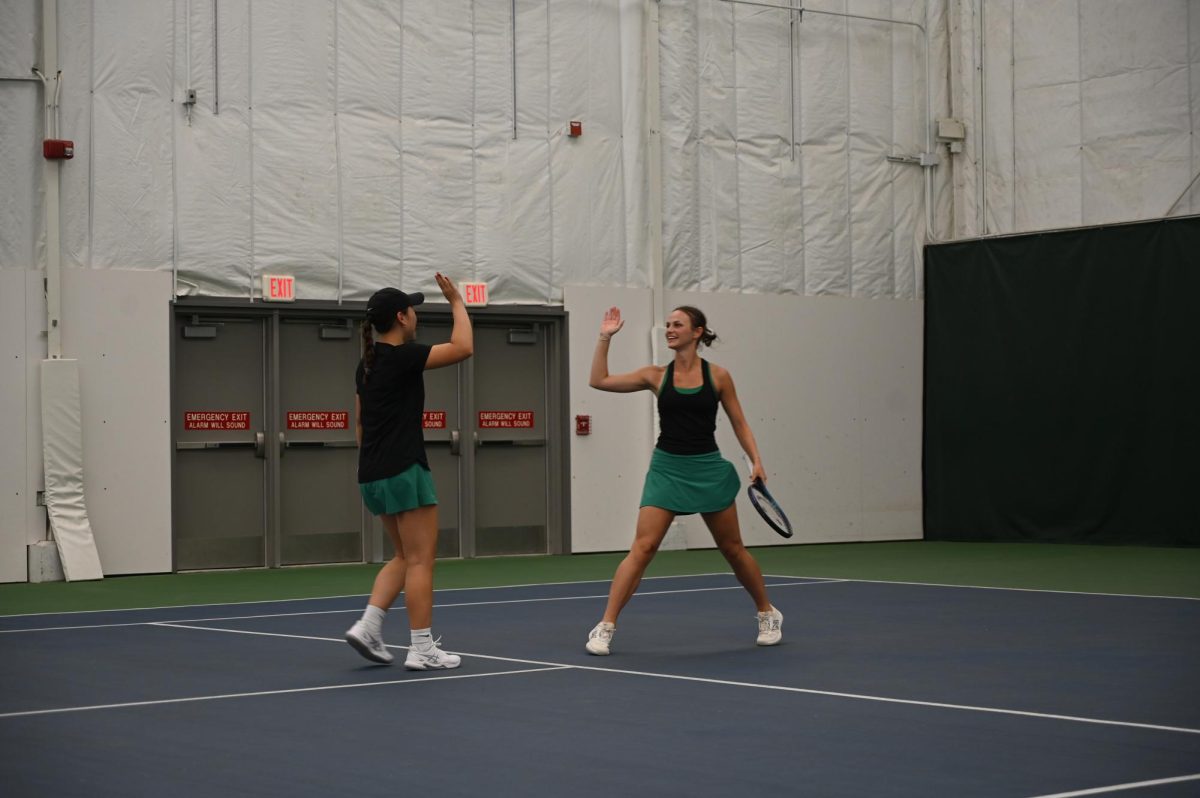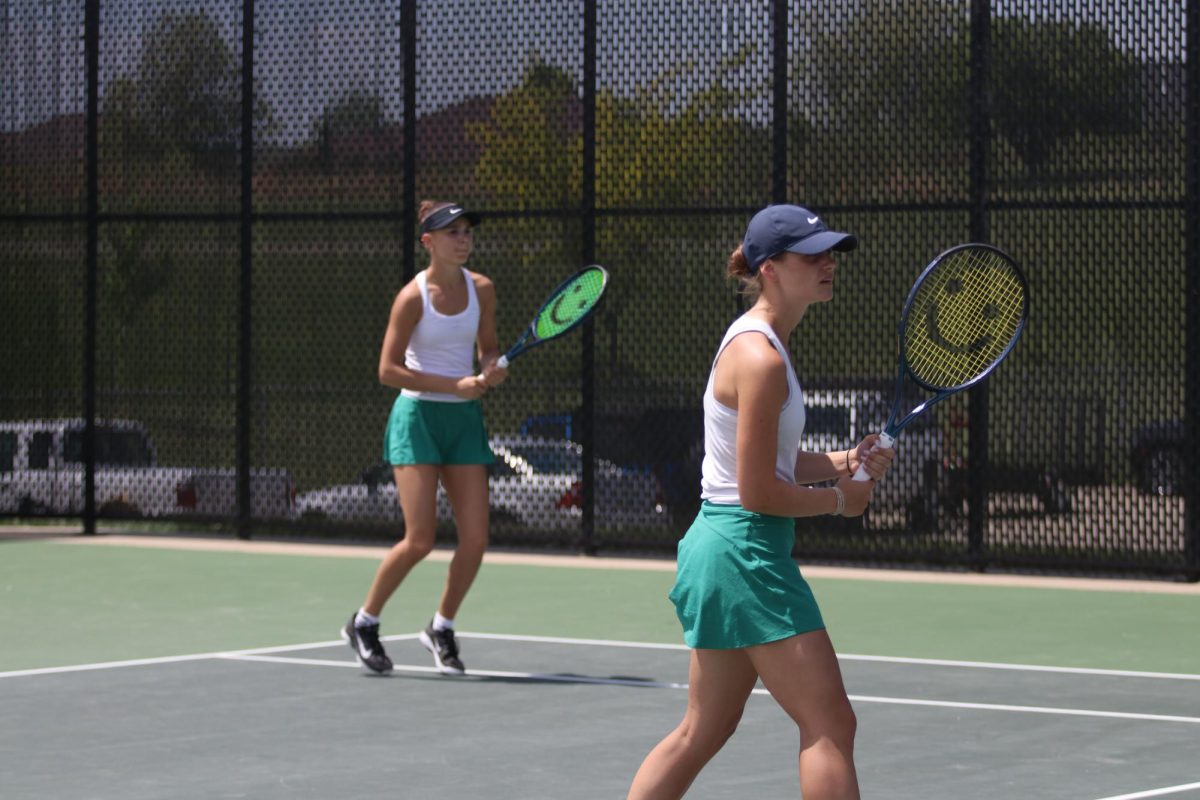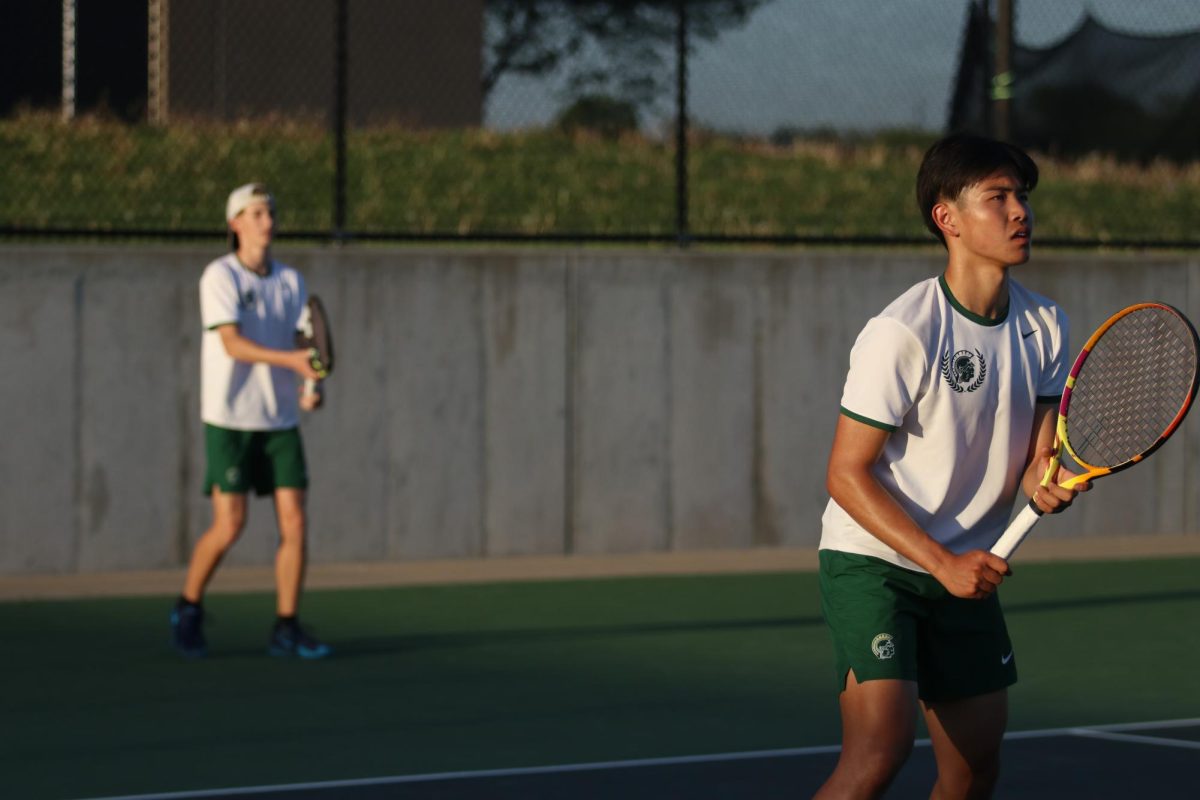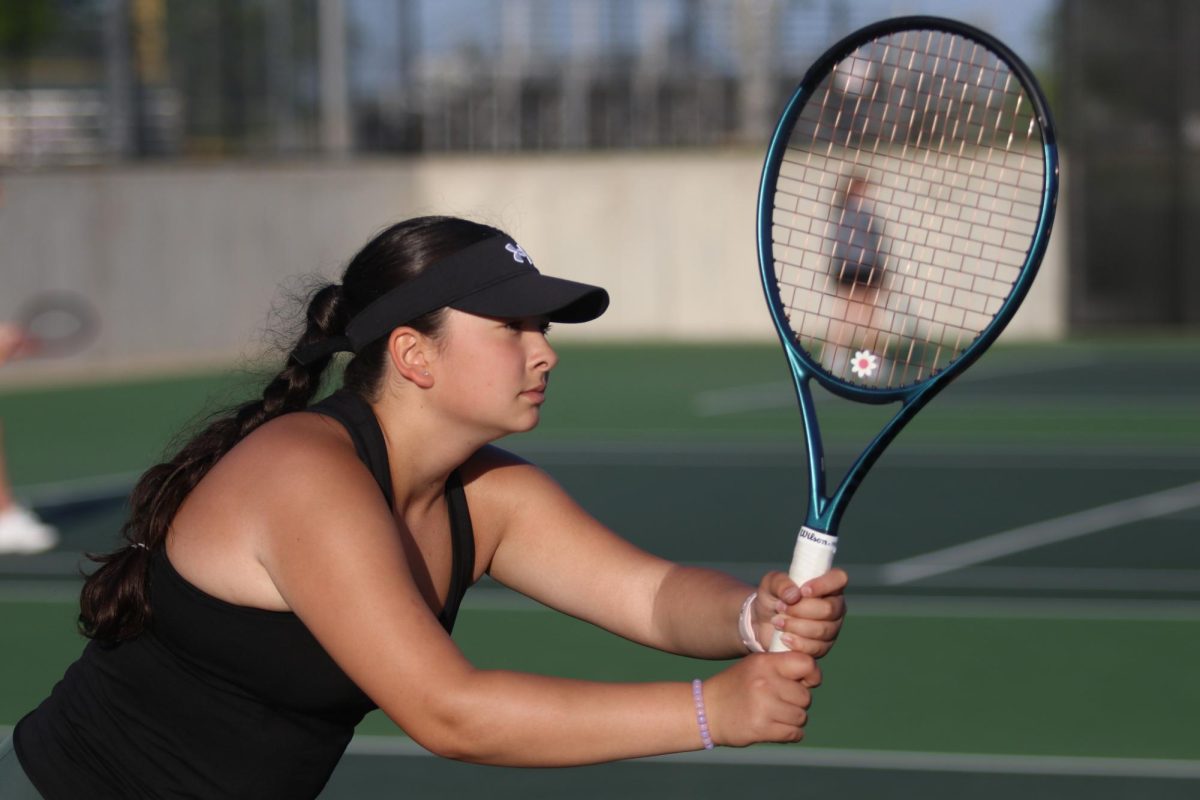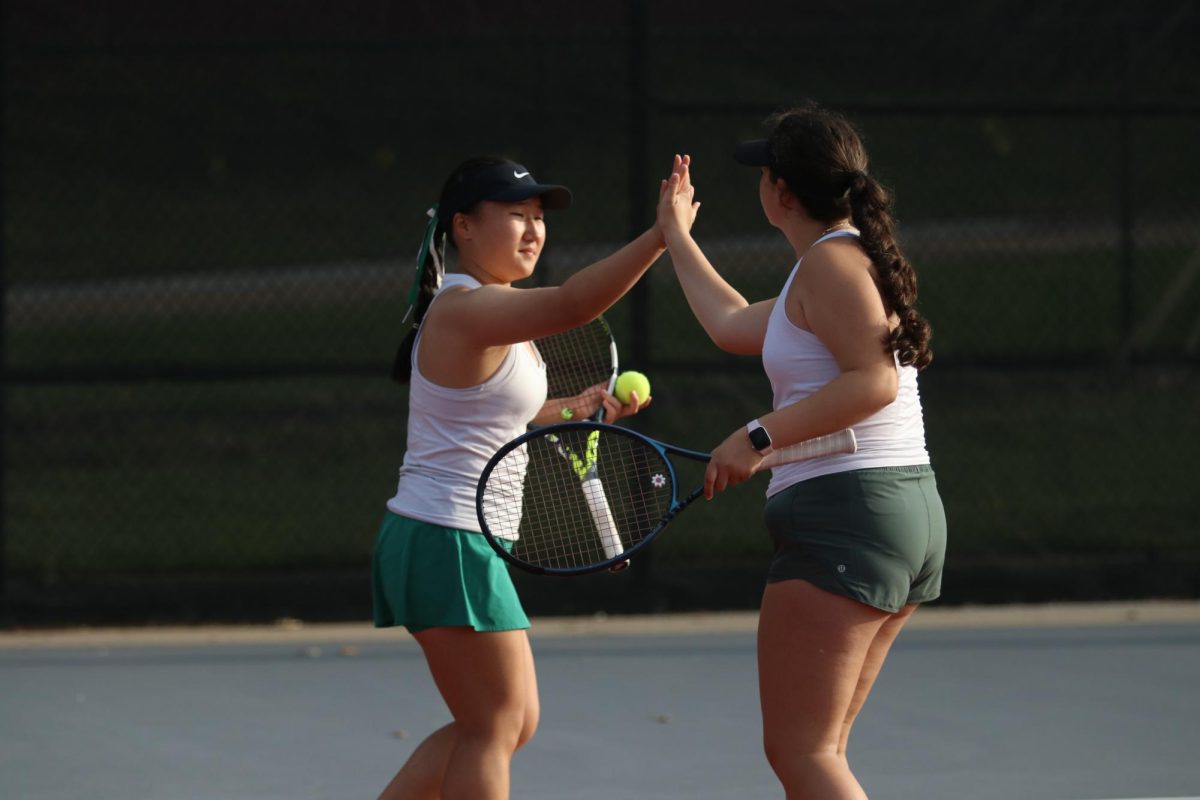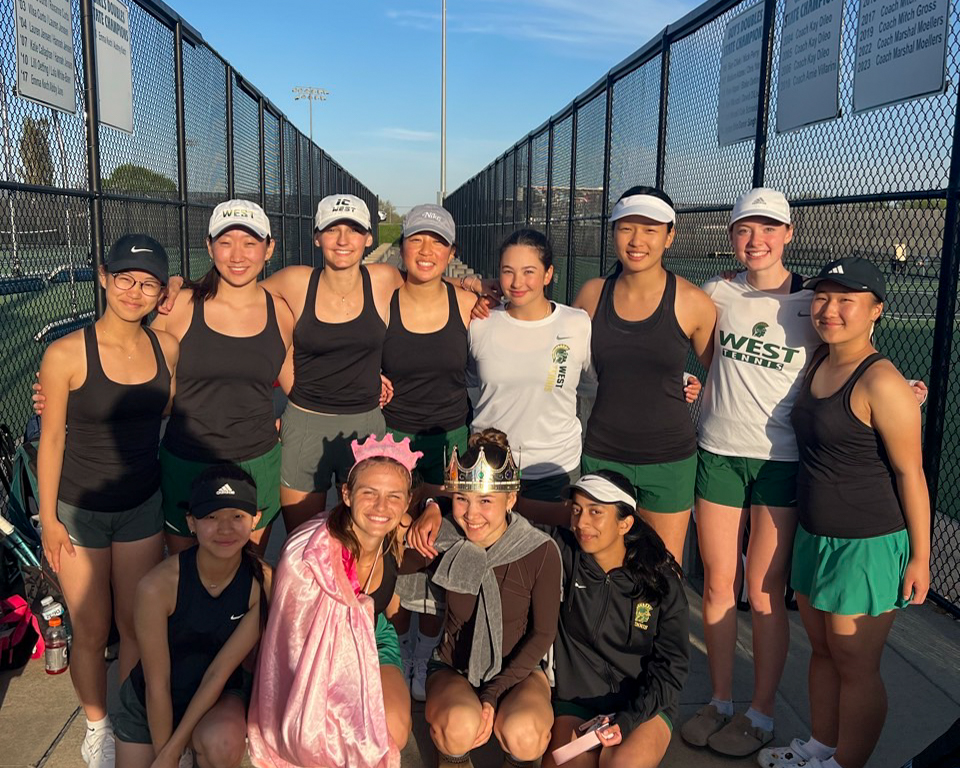Each year, thousands of high school athletes tirelessly research schools, draft emails and contact coaches in hopes of playing their sport in college. However, according to the National Collegiate Athletic Association (NCAA), less than seven percent of those athletes are recruited. Of that percentage, only two percent get recruited to Division I (DI), the highest category.
Following DI schools are Division II (DII) and Division III (DIII) schools, which are categorized by the school’s reputation for its sports teams’ skill level and size. Most athletes are drawn toward DI schools because of their elite training programs and generous scholarship offers. DI schools have the capacity to invest more into their programs, and in return, expect high viewership and profit, allowing for more money for recruitment. To put it into perspective, the NCAA generated a total of $18.9 billion in revenue across all three divisions, and 96% was from DI schools.
While DII schools may not provide the same level of financial support, such as full-ride scholarships, partial scholarships can still be offered to athletes interested in their program. DIII schools offer no athletic scholarship money and instead provide merit or academic scholarships depending on the school, the student’s grades and the student’s qualifications. It is important to note that even if a school is DI, scholarship money varies on the type of sport.
For some, recruitment is a long and frustrating process that differs based on the sport played. However, there is more than just one option for contacting schools. Athletes go through many stages of trial and error, sending scores or times to coaches without the promise of a response. After self-reflection, Max Gerke ’24, who has committed to Indiana University–Purdue University Indianapolis (IUPUI) for swimming, decided to email coaches, show interest and see where the road takes him.
“I was in this weird zone, where I was like, pretty fast, but I wasn’t fast enough for a school to latch onto me and be like, ‘We want this guy. We’re gonna pursue him.’ I had to do all of the emailing and contacting and hope for some schools to get back to me,” Gerke said.
Emma Potthoff ’25, who recently committed to DI University of Iowa for soccer, lives close to her dream school and had the advantage of meeting with coaches prior to her recruitment process.
“Overall, my recruitment process was good, and it went quickly looking back at it now. It was very stressful overall, but [the University of Iowa] was always somewhere that I knew I wanted to go,” Potthoff said. “I’ve lived here since I was five, so I’ve been around the [program]. Having the opportunity to go to camps at the university and to get to know the program, the coaching style and the culture [made] … choosing a really easy decision for me.”
Potthoff feels that her greatest recruitment success was making herself familiar with the coaching staff.
“I started mostly in person, and then would email the coach more than once because they get so many emails every day,” Potthoff said. “Being persistent with emailing, and then keeping my face familiar in their brains — it was definitely something that I had to be really persistent through and continue to email.”
Dillon Croco ’24, like Gerke and Potthoff, reached out to colleges without assistance. However, unlike swimming and soccer, golfers only compete in the spring season, which prevented Croco from showing his score improvements.
“My [recruitment] followed a pretty standard golfer’s recruiting journey. I started sending out emails in February of my junior year, showing scores and showing interest, but it’s hard during the winter months, especially up north where you’re not getting new scores. I [sent] some initial interest, and then waited again until May when I got some scores,” Croco said. “It’s a lot of waiting, and a lot of getting no response, which is probably one of the hardest parts for me.”
Serene Hamzeh ’24, who signed with DII University of Nebraska Kearney, switched soccer club teams to get more recognition when she found it difficult to get noticed by recruiters. After the transition, she played in showcases against other competitive teams that college coaches attended. However, Hamzeh still struggled with recognition because of her graduating class, so she hired a recruiter to help connect her with colleges.
“We had to hire a recruiter for me, just because it was difficult to get my name out as a 2024 [graduate] because everybody’s still taking their COVID years. Teams weren’t looking for 2024 recruits, whereas for the 2025 class, [Nebraska Kearney] already had nine recruits,” Hamzeh said.
Because Hamzeh started her recruitment process later than others, staying optimistic about playing in college was difficult throughout her journey.
“You see a lot of people getting recruited and committing and [it’s difficult]. The coaches are hard to read; it’s really, really hard to figure out what they want,” Hamzeh said. “They aren’t exactly the most transparent people all the time. Instead of telling athletes, ‘We’re not interested,’ it’s more like, they ghost you. So it can be tough on players, and it’s a competitive environment because a lot of kids want to play college soccer.”
Due to the competitive environment and discouragement from unresponsive coaches, recruiting can negatively affect athletes and their performance.
“[Recruitment] was long and it was stressful at times, especially … for golf. It’s constantly new updates and information, so I was always pretty stressed about how I was playing,” Croco said.
Izaiah Loveless ‘24, who has signed with Indian Hills Community College for track and field, found a successful recruitment process by connecting to coaches on social media, specifically X (formally known as Twitter).
“At the start of junior year season, I started posting videos on Twitter, and that’s when coaches started following me on Twitter. They started texting me on Twitter and Instagram, asking, ‘What my phone number is, and have I been reached out to other coaches about college?’” Loveless said. “As my times got better, more coaches started contacting me, wanting me to come on for visits.”
Despite the stress from the recruitment process, Croco had known he wanted to pursue golf since the beginning of high school.
“Early sophomore year, I made a decision that I wanted to play. I didn’t care what division or what school, I just wanted to pick the best fit for me and for my passion. I wasn’t ready to give [golf] up, especially for it being a lifetime sport,” Croco said. “If I had an opportunity to continue competing, I’d want to do that, and I was hoping it would give me some good opportunities to go to some schools.”
Similarly, Potthoff knew she wanted to pursue collegiate soccer long before she began the recruiting process.
“From a pretty young age, I was like, ‘Okay, soccer is it. I want that.’ The dream was to play in college, and then try to go to the [collegiate] level,” Potthoff said. “For me, [division] wasn’t that big of a deal. Obviously, everybody thinks [DI] is the highest you can go, but going to the next level is an accomplishment in itself. For me, it was like, ‘Where can I go that’s going to challenge me the most, push me and [have] a good culture?’”
Skill and size
For many athletes, the division of the school they will compete for has significance when determining where they will sign. Gerke notes that although he looked at many schools of differing divisions, he ultimately decided to sign with IUPUI, a DI school. For Gerke, the division didn’t matter as much as other aspects when choosing where to sign.
“Whatever gets me the best education, [makes me] the happiest swimming and is going to lead me to the best life,” Gerke said.
However, there were some characteristics of large schools that Gerke knew he didn’t want to pursue.
“The point of swimming is to swim championship meets and get faster and race,” Gerke said. “But [at big schools], you don’t even get the opportunity to do that. What’s the point? Some guys I know have gone to these big schools and then they just don’t do anything.”
Because he prioritized getting on a team where he’d compete, Gerke looked into smaller schools, where he’d have a better chance of being on the competition lineup, and considered all his options.
“Maybe you’re at a Division III [school] and you race some slower people, but swimming is such an individual sport,” Gerke said. “You just need to have a lane.”
However, Gerke notes that for each sport, there are different aspects to consider.
“In football and basketball, when you’re actually playing competition, whoever you play actually matters to how good you are. So that’s where divisions get a little [more important],” Gerke said.
Hamzeh agrees with Gerke and notes schools in the DI and DII are still able to compete against each other despite the difference in divisions.
“There is definitely a difference in [skill] level, but for example, Nebraska Kearney, which is a Division Two school, played a pretty well-known Division One school,” Hamzeh said. “[In some cases] Division One and Two aren’t different.”
At any skill level and division, there are many differences in each school. Loveless will compete at the DI level in the National Junior College Athletic Association (NJAA) – also known as JUCO- at Indian Hills, a two-year program.
“[Indian Hills] is not really the biggest campus you can think of for a Division One school; it’s a completely different vibe from Iowa or Iowa State,” Loveless said.
However, Loveless ultimately decided to go DI due to Indian Hills’ alumni and the strong DI program.
“What made me look at Indian Hills was the coaching and who came out of Indian Hills, especially Olympians, but the main factor was Kalen Walker, the sprinter at Iowa right now. He did go to Indian Hills, and his times weren’t as great, but when he came out of Indian Hills, [his times] were good, and he was recruited to Iowa,” Loveless said.
One noticeable difference between division schools is funding. The larger the division, the more money the schools have to invest in their athletic programs.
“[IUPUI] has one of the best pools in the nation, and they hosted the NCAA. The facilities are amazing over there,” Gerke said.
This was important for Gerke, as facility quality can have a large impact on performance, especially in competitive swimming.
“[Facility quality] for swimming is probably one of the most important because the pool you swim in literally can change depending on where you go, and the way you swim can change depending on where you go,” Gerke said.
Education
No matter the school division, education is a major factor when athletes sign with a school. For Hamzeh, Kearney’s resources and professors outside of soccer were a huge push in her decision.
“Kearny has a really big research program, which I’m really interested in doing. When I [visited], I was able to meet with one of the biology professors… and she’s really big in research,” Hamzeh said. They’re building a cancer center nearby for students and they’re a big feeder into medical schools like Nebraska.”
Similarly, with a passion for medicine and engineering, Gerke sought a school that would fulfill both his aspirations.
“My ultimate goal was always medicine. IUPUI is super famous inside the medical and engineering world because it’s got the biggest med school in the nation, and they send so many kids to med school,” Gerke said.
Croco, like Hamzeh and Gerke, chose Carlton for its academic reputation.
“The main reason I chose Carlton is that it’s very highly academically rated, and that was always one of my big goals: to go to the best academic school possible,” Croco said. “[My parents] were always like, ‘if you go to a good school, it sets you up for success.’ I’m fortunate enough that I had done well in school that gave me opportunities to fit in there. It’s a really good combination of a good fit for my golf, and I liked the team, but the main reason I chose it was because it’s a very strong academic school.”
Another reason Croco chose Carleton is its prioritization of their athletes’ academic and athletic balance.
“The school schedule itself has blocks for practicing. All classes end at a certain time… Probably the biggest difference is at Carleton, and most DIII schools, is we just play on Friday, Saturday and Sunday, unlike the University of Iowa team. They’ll go to Puerto Rico for a week, so it’s a lot of missed school. I’m glad I don’t really have to deal with [missing class,]” Croco said.
Scholarships
Another determining factor for many athletes is the cost of attending a school. For Gerke, tuition was what set IUPUI apart from other schools he was considering.
“[IUPUI] was super cheap for me to go to as long as I got the scholarships,” Gerke said. “I got my swimming scholarship, and then I got the academic scholarship and their honors college paid me $19,000 a year. So after all of that, my tuition at [IUPUI] is the cheapest by far, and it’s not even close.”
Similar to Gerke, Loveless also weighed the tuition and scholarship he would receive prior to commitment. In Loveless’s experience, scholarships offered for track and field were harder to obtain.
“I wouldn’t say it’s really hard to get [full scholarships], but coaches are really uptight about times, and you have to be decently fast to run for a coach in a program,” Loveless said. “If I didn’t get the scholarship, I probably would not have gone there. But since the [Indian Hills] track program is so amazing, I’m glad I got the offer so I can better my education.”
On top of tuition coverage, athletes will also have additional benefits depending on the school’s division.
“The biggest difference between Division One and Division Two is just money — the amount of money they’re able to give out for scholarships. When you play, you stay in hotels, and my school gives us meals and stuff like merch that we don’t have to pay for,” Hamzeh said. “The difference between Division One and Division Three is also money, but a huge difference. There are no scholarships given out… and then you’d have to pay for the clothes you wear.”
Advice
Because the process of recruitment can be very tedious, Pottoff believes the best way to see results is to continue and show interest.
“Stay persistent. If you want to go somewhere, the coach is not gonna take time to reach out to you; you need to email them and get their attention,” Potthoff said. “Know that everything will work out, even in moments when it feels really stressful, just be patient and stick with it.”
When choosing a school, Hamzeh explored and weighed all her options and determined the best for her future.
“There’s many places out there, so if one doesn’t work out, there’s gonna be a place for you somewhere, which is something I found hard when I got rejected a lot. But just be patient. Don’t look at what other people are getting, focus on your own path. Don’t worry about the title of DI, DII, DII, because in the end, you’re playing your sport. You’re playing what you like, you’re doing what you love to do, and you’re going to get an education over playing. You have to be able to measure out what you want out of it,” Hamzeh said.



